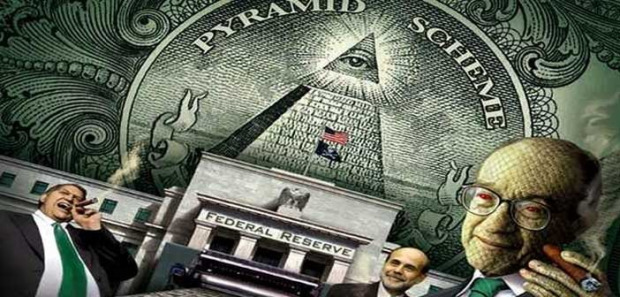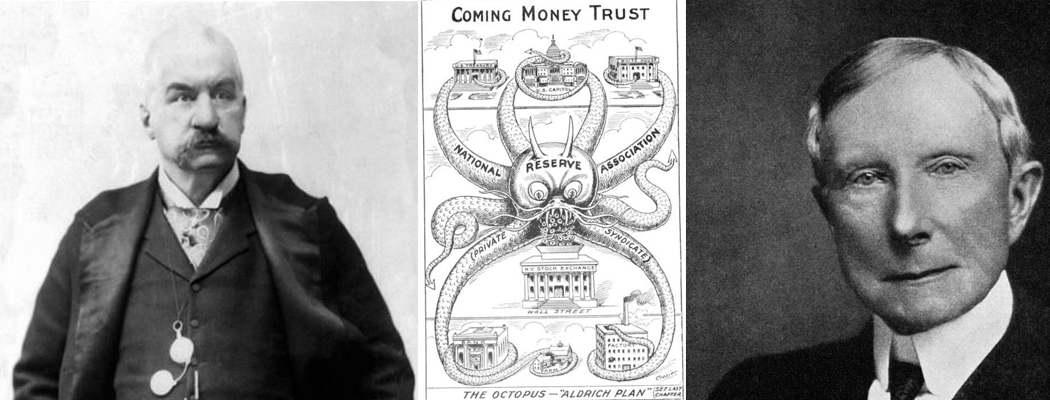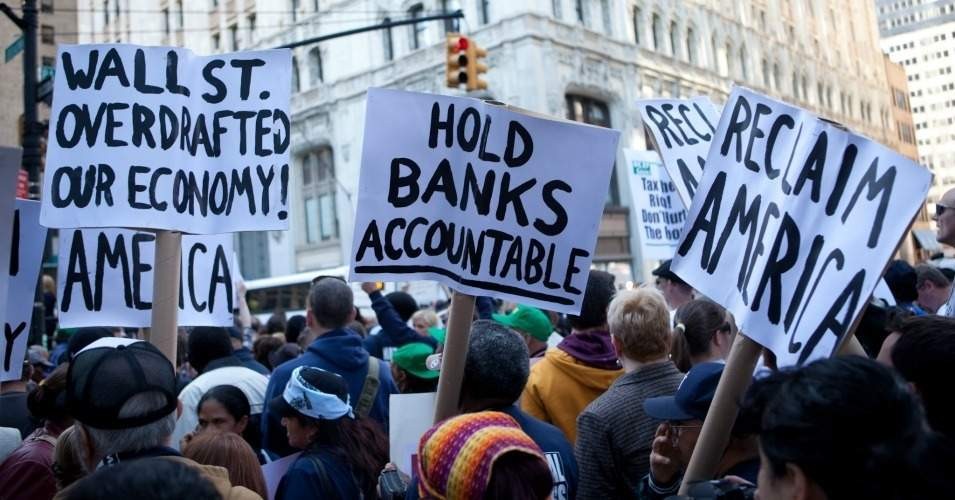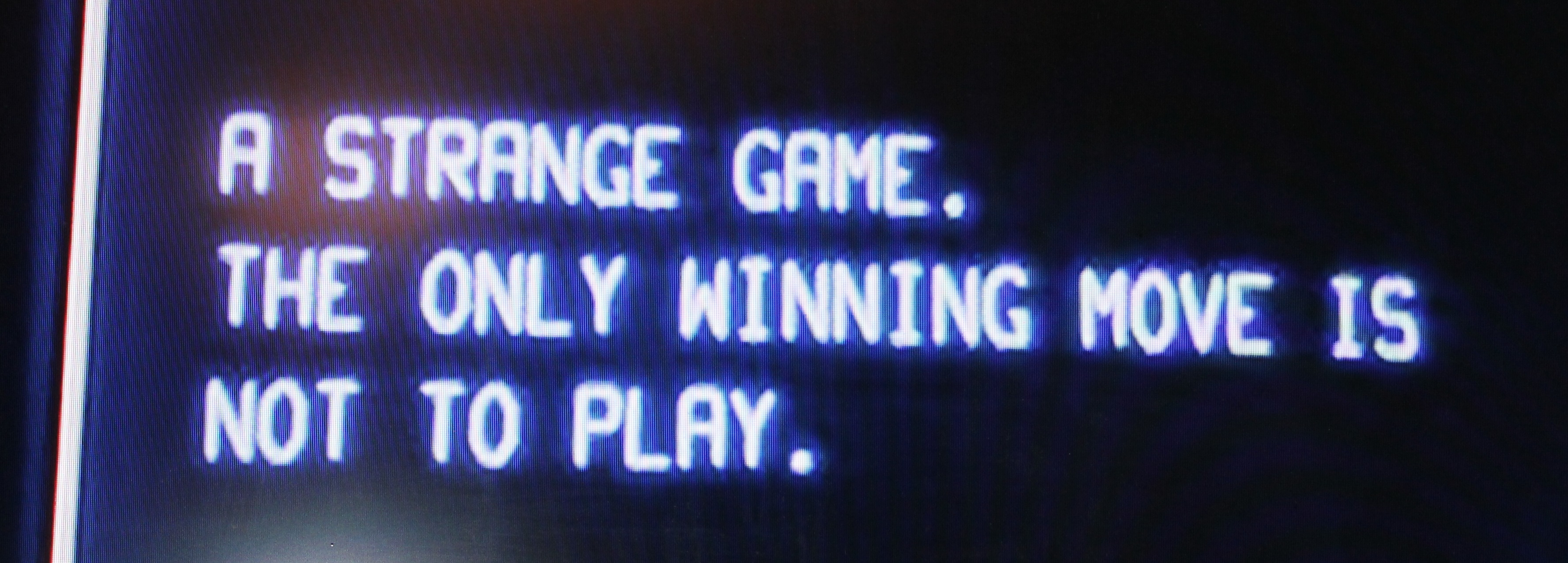t’s very odd that citizens never
get to vote or have any say in regard to society’s money, even though
it’s one of the most important aspects of everyday life. In fact, in
developed countries, most central banks are institutions that are
privatized from political interference and history explains why.
Money: The World’s Most Powerful Weapon
Most people think they understand how governments work. People assume
this because a bunch of people pay their taxes in the belief that
‘representatives’ are doing their bidding when it comes to law and
order. What the majority of folks don’t understand is that there’s one
very important aspect of society that taxpayers have literally no say in
— the creation of legal tender and the country’s monetary system. Many
people believe the black swan of Bitcoin
was born because modern society is now dictated by private, central
banks that have irresponsibly printed vast quantities of fiat and
manipulated the world’s economy in the worst way. Bureaucrats have given
central banks the world’s most powerful weapons. Even worse, the
banking cartels are never held liable for the inflation and the rampant
busts and booms that have plagued the world’s economy for many decades.

From Simple Stock Traders to the Money Trust and the House of Morgan
People who question the ethics of the state understand that central
banks arrogated to themselves a compulsory monopoly over society’s
monetary system. The consortium of modern central banking started in the
17th century and one of the first known central banks was the Swedish
Riksbank spawned in 1668. Following the Riksbank was the creation of the
Bank of England in 1694 and 100 years later the Banque de France in
1800. In the U.S., President Woodrow Wilson created the Federal Reserve
System the day before Christmas Eve in 1913 in response to the economy
and the banking panic of 1907. That year the ‘Banker’s Panic’ or
‘Knickerbocker Crisis’ saw a nationwide run on banks and trusts
throughout the U.S. Even though the Federal Reserve was initiated in an
act of Congress, it is considered politically independent and not
legally owned by the U.S. government. The Federal Reserve is the
quintessential example of a 21st century central bank created by a group
of bankers called the Money Trust more than 100 years ago.

Trust members JP Morgan (left) and JD Rockefeller (right). Morgan’s
empire consisted of U.S. Steel, General Electric, International
Mercantile Marine, International Harvester, AT&T, and approximately
21 railroads. JD Rockefeller led Standard Oil and was at one time the
most wealthiest American.
You see, when Bitcoin was launched after the bank bailouts of 2008,
the creation of the Federal Reserve was a very similar situation. The
Federal Reserve Act stemmed from the likes of stock market traders and
bankers in distress. Even Sweden’s Riksbank and the Bank of England have
initial ties to stock market traders. The St. Louis Federal Reserve
office even attributes the creation of the Fed to “a series of bad
banking decisions and a frenzy of withdrawals caused by public distrust
of the banking system.” So much like the bank bailouts of 2008, JP
Morgan, along with other Wall Street bankers, attempted to save the
country from financial crisis. The citizens of America at the time had
no say in the creation of the Federal Reserve nor have they ever had a
say or vote toward the central bank’s monetary policies. What’s even
more interesting is the fact that the same banking families who
controlled the world’s monetary policy in 1907 are still in control
today. If one was to study the newspapers during the time when the
Federal Reserve was created they would read about how a group of bankers
called the Money Trust helped push the concept of the Fed.
Reading the Pujo hearings
gives great detail to this secret society of bankers who conducted
mysterious meetings in order to ‘save the country.’ U.S. citizens back
in the early 1900s got a nice glimpse of what happens when a small group
of men have the power to control the finances of a country. The Fed and
many central banks worldwide don’t care about laws because they operate
outside of them in a private manner. The very same bankers bailed out
in 2008 come from the same families the Fed bailed out 101 years earlier
in 1907. The Morgan, Rothschild, Heinze, Rockefeller, and Warburg
families influenced markets greatly at the time. The now-deceased
Austrian economist and historian Murray Rothbard explained in his book “The Case Against the Fed” how special banking interests formed a coalition to bolster the Federal Reserve system.
“Since World War II, indeed, the various financial interests have
entered into a permanent realignment: the Morgans and the other
financial groups have taken their place as compliant junior partners in a
powerful “Eastern Establishment,” led unchallenged by the
Rockefellers,” Rothbard book details. “Since then, these groups, working
in tandem, have contributed rulers to the Federal Reserve System.”
Rothbard even ties the Money Trust members to the current Federal
Reserve chairperson at the time and states:
Thus, the present Fed Chairman, Alan
Greenspan, was, before his accession to the throne a member of the
executive committee of the Morgans’ flagship commercial bank, Morgan
Guaranty Trust Company. His widely revered predecessor as Fed Chairman,
the charismatic Paul Volcker, was a long-time prominent servitor of the
Rockefeller Empire.

The House of Morgan, another name for JP Morgan and his association
of bankers, had met at Morgan’s private library several times in order
to convince banks to join the lending pool. The American citizens had no
voice in these meetings and had absolutely no say when President Wilson
enacted the Federal Reserve Act with his group of cronies from the
House of Morgan. We must remember these are the same bankers who were
never prosecuted for their crimes in 2008 and have never been held
liable for manipulating the global economy. More than a century later,
JP Morgan Chase & Co. is the largest bank in America and the sixth
largest in the world. The House of Morgan was also involved during the crash in 1987 called
Black Monday, which began in Hong Kong and spread to Europe and then
the United States. It’s no wonder that one of Morgan’s banker buddies
Mayer Amschel Rothschild told the public long ago:
Permit me to issue and control the money of a nation, and I care not who makes its laws.
The Song Remains the Same When it Comes to the Central Planning of the World’s Monetary Policy
After the decades of mistrust over the central banking system, people have tried to protest acts like massive fiat printing, quantitative easing, fractional reserve banking,
and the manipulation of interest rates. Just like in 1907, the bankers
got a fresh round of stimulus from the Emergency Economic Stabilization
Act of 2008, otherwise known as the ‘bank bailouts.’ That September,
just before the Bitcoin whitepaper was published, protests against the
bank bailouts occurred in 100 cities across 41 states in the U.S. Even
after the protests in the U.S. and Europe as well, the 2008 financial
crisis allowed bankers to gain vast amounts of money, creating
significant wealth disparity. The disparity was so large that global
citizens protested the 1% again four years later during the Occupy Wall
Street movement. Still, no banker was jailed and the Federal Reserve was
allowed to print billions of dollars that only trickled down to their
banker compadres.

It is crazy that Americans have no say in how the privatized Federal
Reserve operates and the entity is allowed to toy with the economy on a
whim. The Federal Reserve is not much different to the rest of the
world’s central banks as most of them are interconnected in some
fashion. Even with the blatant manipulation of society’s monetary
system, the world still has a choice to escape the wrath of centralized
planners. After the crisis in 2008, Bitcoin’s inventor Satoshi Nakamoto
unleashed a technological breakthrough when it comes to money, an
invention that cut out the cartel of central bankers. The message in
Bitcoin’s genesis block suggests that Nakamoto created a coin with
scarcity for a reason, highlighting the bank bailouts of 2008. Many
libertarians and students of Austrian economics have questioned the
Federal Reserve and have called for the bank to be audited and even
terminated. Former Senator Ron Paul is well known for trying to push an
audit of the Federal Reserve and often shouts the slogan “End the Fed”
at his rallies.
“It is no coincidence that the century of total war coincided with
the century of central banking,” Paul emphasized in his book which is
also called End the Fed.

Free Market Instruments Will Prove More Fruitful When Fighting Against the Fiat Regime
Ron Paul explained in his paper called The Dollar Dilemma, published
in July 2018, that free market instruments like bitcoin and precious
metals can help destroy the fiat regime. Paul highlights that it is
“conceivable that cryptocurrencies, using blockchain technology, and a
gold standard could exist together, rather than posing an either-or
choice — Different currencies may be used for certain transactions for
efficiency reasons.” The former U.S. Senator continues:
Ultimately, the market proves more powerful than government manipulation of economic events.

Central banks and the Fed are afraid of digital currencies like
bitcoin because it’s the first time in history global participants have
had access to a decentralized peer-to-peer payment network that’s
powered by users with no central authority or middlemen. Banking cartels
hate this because the Fed and other central banks control fiat
currencies. Free market tools like cryptocurrencies remove central banks
from their power to exert economic influence over an individual’s
monetary choices. We may never understand why central bank operations
can’t be voted on by global citizens and why we cannot choose our own
tender.

However, understanding the history of the world’s banking cartel will
allow people to understand the game has been rigged for decades by the
same banking families. If we play with fiat, then like a casino, the
House of Morgan will likely always win. But the fact is that a widely
adopted cryptocurrency could bring the power of money back into the
hands of the people, rendering the current banking system irrelevant.
source link






